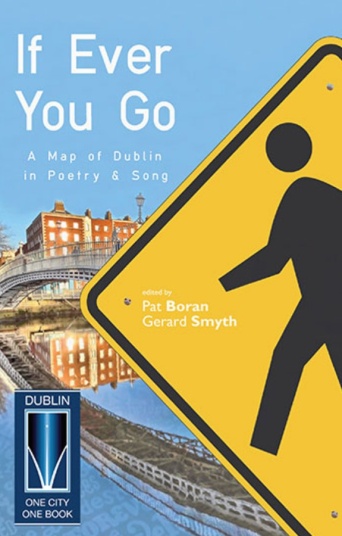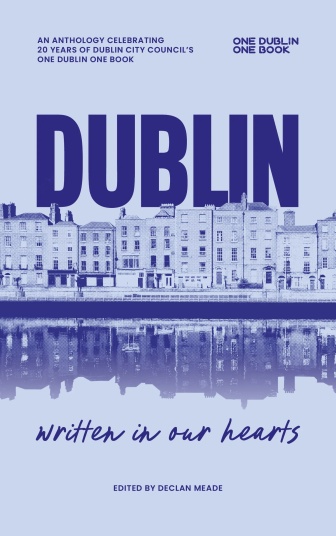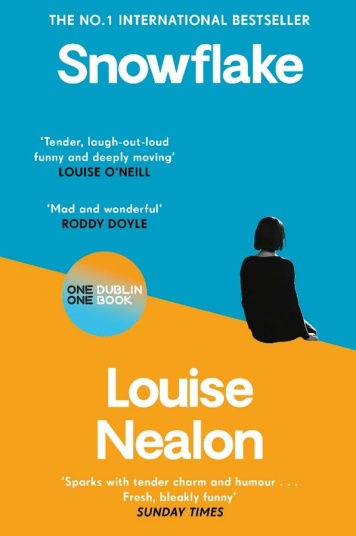
William Butler Yeats
1865 – 1939
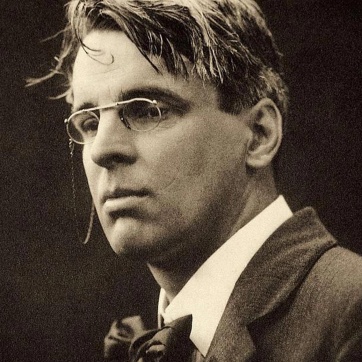
William Butler Yeats was born on 13 June 1865 in Sandymount, Co. Dublin. In 1867, the family moved to England, as his father sought to further his career as an artist, but he spent much of his young life and holidays in Sligo with his grandparents, and returned to live in Dublin in 1880. While living in Dublin, Yeats attended the Erasmus Smith High School, and later the Metropolitan School of Art. He first began writing poetry at the age of seventeen, and two short works were published in The Dublin University review in 1885.
Yeats moved back to London in 1887, whereupon he began writing poetry professionally – initially in an English stylistic tradition, before finding inspiration in Irish mythology and legends and converting to a style deeply rooted in Irish culture. His first solo publication was the booklet Mosada: a dramatic poem (1886), of which 100 copies were privately printed by his father, but it wasn’t until three years later that he would publish his first full volume of poetry, The Wanderings of Oisin and Other Poems (1989) – which included the only long line poem he ever wrote.
In 1889, Yeats first met Maud Gonne, an Irish heiress and nationalist activist, with whom he was immediately enamoured – Though his love was unrequited, he considered Gonne his muse, and her presence in his life is considered to have deeply influenced his poetry. Yeats’s poetry was also inspired by mysticism and the occult – a fascination he held throughout his life. He associated with The Theosophical Society, The Hermetic Order of the Golden Dawn and was involved in the formation of The Dublin Hermetic Order.
Yeats quickly became involved in London’s literary scene, befriending prominent figures and co-founding the Rhymers’ Club in 1890, which published anthologies of poetry in 1892 and 1894. He believed that the vacuum in Irish politics left by the death of prominent Irish politician Charles Stewart Parnell in 1891 and the defeat of the second Home Rule Bill two years later could be filled with a rejuvenation of Irish art, literature, poetry, drama and legend. His prediction would bear fruit and the period to follow would become known as the Irish Literary Revival – marked by a heightened interest in Gaelic heritage and Irish nationalism. Yeats was a central figure in this cultural movement, travelling frequently between its two geographic centres, London and Dublin, to write and organize. Yeats also spent much time in Coole Park, Co. Galway, at the home of fellow writer Lady Augusta Gregory – his lifelong friend and patron.
In 1899 Yeats, Lady Gregory, Edward Martyn and George Moore co-founded the Irish Literary Theatre (which would later go on to become the Irish National Theatre Society and then The Abbey Theatre), which Yeats remained involved with as both a board member and a playwright until his death. In 1916, now 51 years old and increasingly determined to marry, Yeats proposed to Gonne a fifth time, and upon rejection proposed marriage to her daughter, Iseult Gonne. The same year, he proposed successfully to 25 year-old Georgie Hyde-Lees, and they were wed in 1917, going on to have two children together.
Already a celebrated writer, poet and playwright, Yeats published The Wild Swans at Coole in 1917, which has been hailed as the peak of his achievement – a peak that he would continue to maintain in his later works, especially The Tower (1928) and The Winding Stair (1929). When the Irish Free State was founded in 1922, Yeats accepted an invitation to serve as a member of the Irish Senate, and was awarded an honorary doctorate by Trinity College – which would later be followed by honorary degrees from the Universities of Aberdeen and Oxford. These awards pale however, in comparison to the Nobel Prize for Literature which he received in 1923 – indisputably cementing him one of the most significant modern poets.
W.B. Yeats died at the Hôtel Idéal Beauséjour in 1938, while abroad in the South of France. Initially buried at Roquebrune, France, plans to honour his request to be buried in Co. Sligo had to be put on hold due to the outbreak of the Second World War the following year. In 1948, Yeats’s remains were finally exhumed and repatriated to Ireland, where he was laid to rest in the churchyard of Drumcliffe Church, Sligo, at the foot of Ben Bulben – as he specified in his poem Under Ben Bulben.
Read, Watch, Listen

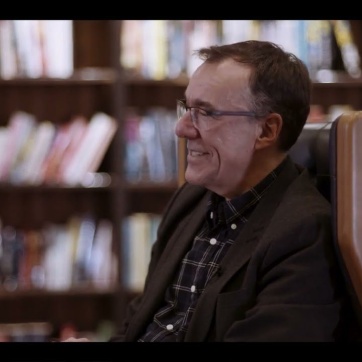
6th Annual Dublin UNESCO City of Literature Lecture
